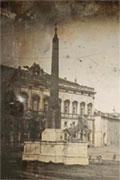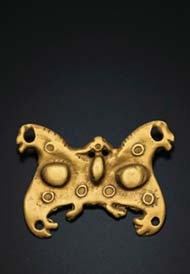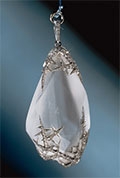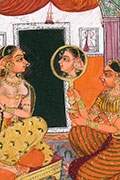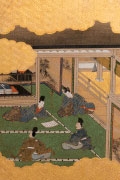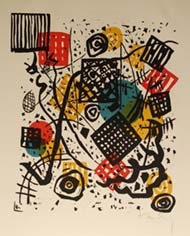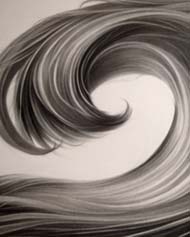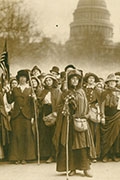Joseph-Philibert Girault de Prangey
–
Joseph-Philibert Girault de Prangey learned about daguerreotypy immediately after its invention in 1839 and soon mastered the new medium. In 1842 he set out on a three-year photographic expedition to Italy, Greece, Turkey, Lebanon, Syria, Palestine, and Egypt, producing over nine hundred daguerreotypes of landscapes, portraits, and architectural structures old and new.

